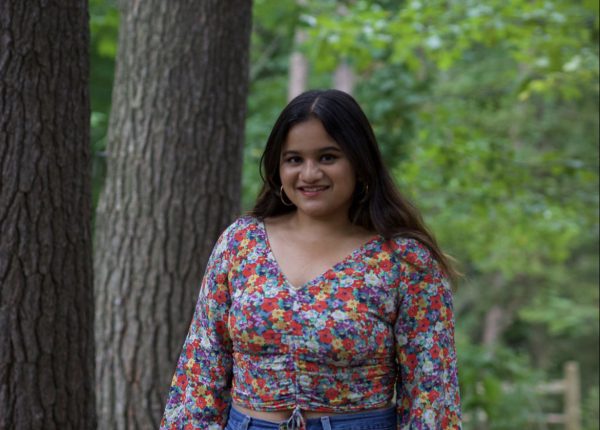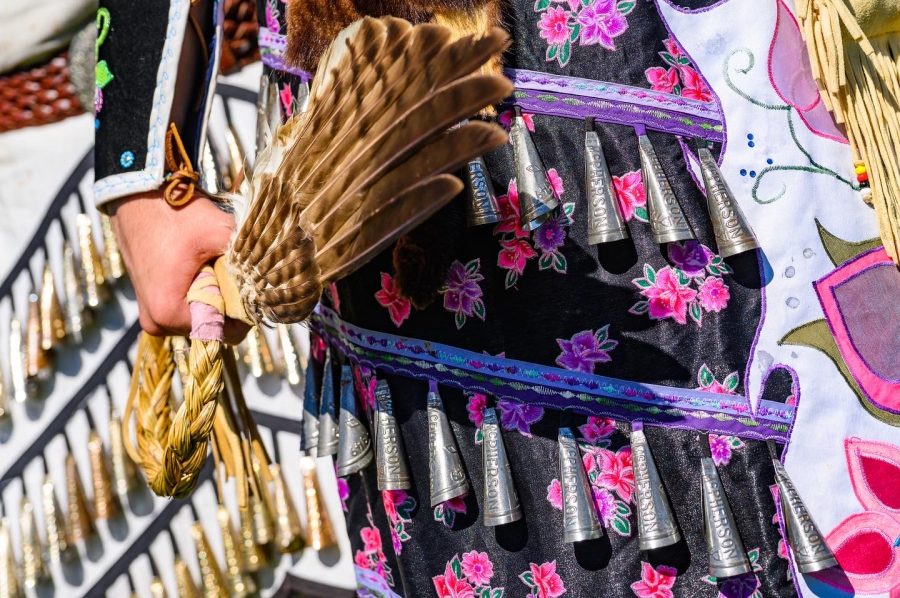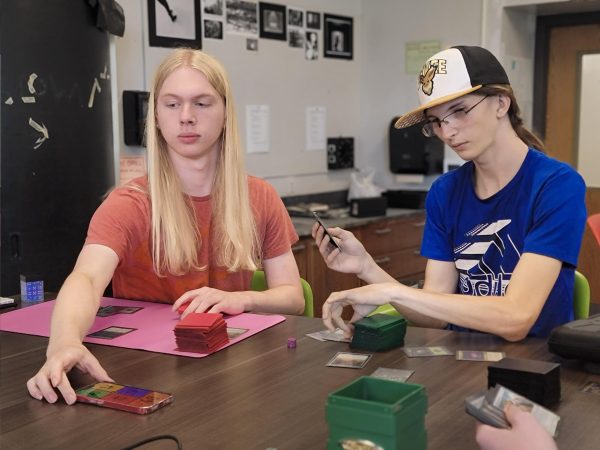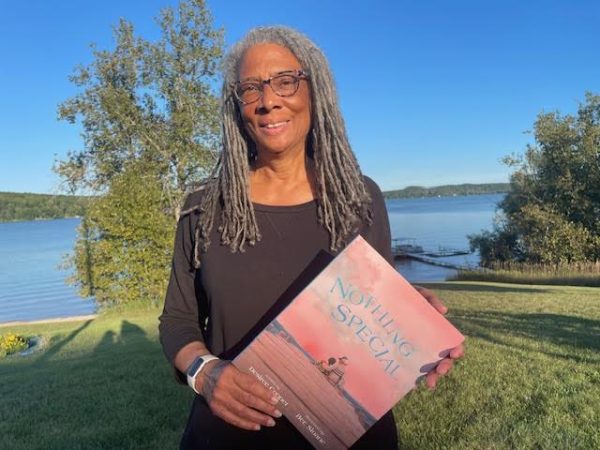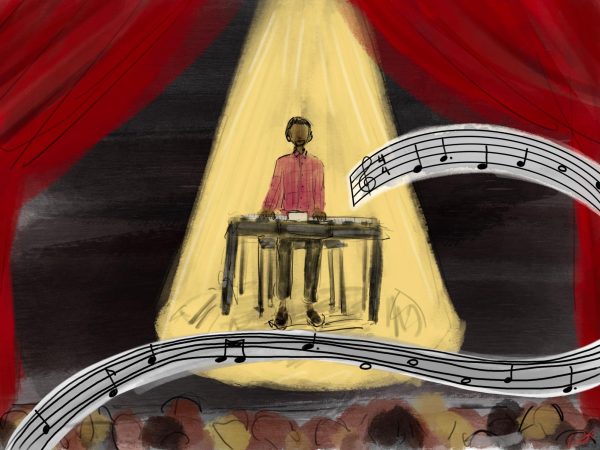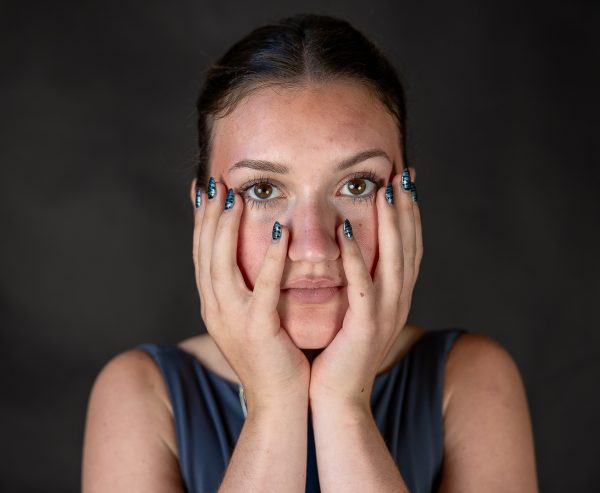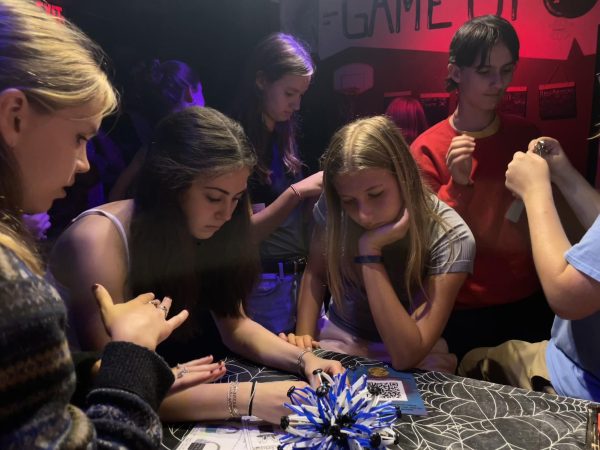Dancing Through the Damage
In a bath towel, sopping wet, Jamie John would climb into bed with his grandfather to watch an episode of Looney Tunes and devour a family sized bag of Lays potato chips. His grandfather would eat any concoction young Jamie John would create. Whether it was chips sandwiched between buttered white bread or a fruit snack salad, he always accepted without a word of complaint.
John’s (he/they) grandfather passed away when he was still a child leading his mother to enroll him in an art therapy class.
“It introduced art as a way of expressing what I don’t necessarily have the words to say or can’t articulate,” John said. “Art can express other intangible concepts like grief and loss and going concern and all of those things that come with Native life.”
Expressing grief through art was John’s first step towards taking up the identity as a Native artist.
John is a working artist, he is a painter and printmaker. They are an enrolled Grand Traverse Band of Ottawa Chippewa Indians member. He continues to work on building his traditional crafts like basket making, beadwork, regalia making and cool works. Another art he’s taken a part of for most of his life is being a powwow dancer.
“I come from a culture where art wasn’t necessarily separate from other aspects of our lives,” John said.
John sees art in every aspect of Annishanabe culture.
He has been a hoop and jingle dress dancer for around a decade and started at the age of six. He stopped dancing when attending Interlochen center for the arts boarding school.
But John stopped when they started to socially transition from who they were born as to who they are now.
“While I was socially transitioning within my indigenous community and to the world at large, I had stopped dancing for about four or five years,” John said.
John identifies as a two spirit person as well as transgender person. At 14-years old, they had come out to their mom and family. This came with a new sense of confidence and a greater sense of self.
“I was able to feel more like myself and really changed how I interacted with the world,” John said.
The decision was made to go to Interlochen Center for the Arts. Interlochen is a boarding school near the Traverse City area.
“Interlochen was a place where I could build something new or search to figure out who I was away from, a community away from who I was from just being Native or just being just being part of a native community,” John said. “It was much easier to go by this new set of pronouns without having to explain why, or or justify how I came to it.”
Though John is still unpacking the experiences of being in an environment far from his family and surrounded by little to no Native population, he agrees that transitioning there was easier rather than in a regular school. Their separation from their community, culture and traditions is still something they are unpacking to this day.
Looking back, John realized he stopped dancing when he needed it most.
“I think of all of the folks, the generations who did go to [forced boarding] schools or weren’t allowed to dance or wanted to but would have been and persecuted for it and it makes me all the more proud to be able to dance now.”
Art has been able to speak through John when words couldn’t.
“My art is a manifestation of a connection I feel with my culture,” John said.
